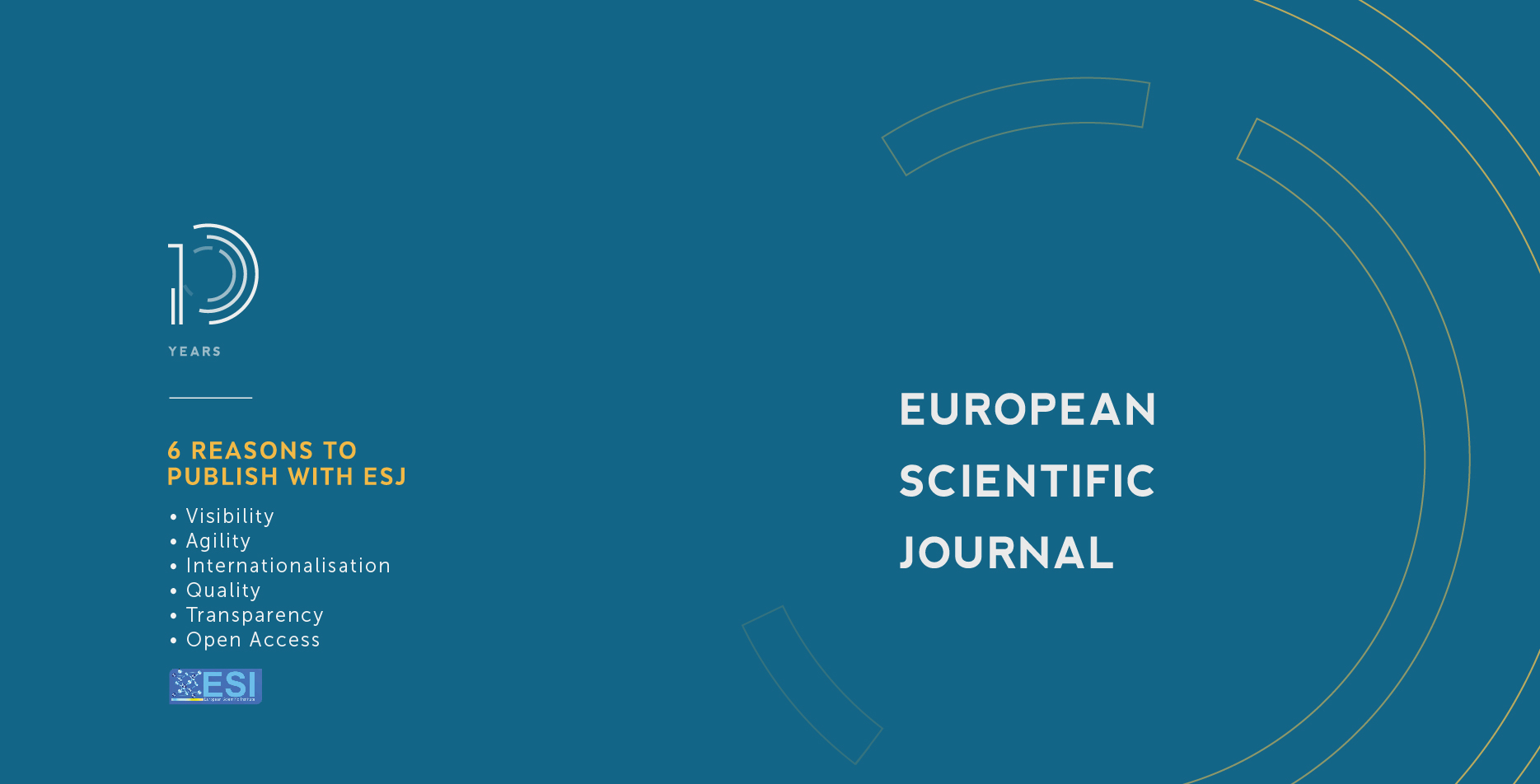Etude de la Performance Economique de la Replantation Annuelle De Bananiers Plantain, Une Strategie De Gestion des Nematodes au Sud de la Cote D’ivoire
Abstract
Les présents travaux ont été menés dans le cadre de l’accroissement durable de la production de bananier plantain et de la stratégie de sécurité alimentaire en Côte d’ivoire. Dans cette perspective, la gestion culturale des nématodes phytoparasites par la replantation annuelle de la culture de bananiers plantains a été évaluée. En condition de culture de contre saison, la variété CORNE 1 a été plantée à haute densité (2500 plants/ha) dans un dispositif impliquant quatre traitements : culture continue sans nématicide, culture continue avec nématicide, culture replantée avec nématicide et culture replantée sans nématicide. La replantation a eu lieu à 0,8 m du pied fructifère de la saison de culture qui a été déraciné avec les rejets successeurs. L’essai a duré trois cycles de culture. La culture replantée a permis d’obtenir des rendements élevés, 35,08 t/ha et 34,26 t/ha respectivement au 2ème et 3ème cycle de culture. Les rendements en culture replantés sont statistiquement comparables à celui obtenu à la première année de culture (35 t/ha). Par contre, en culture continue, des baisses de rendements de 41,4 % et 63,5 % ont été enregistrées respectivement au 2ème et 3ème cycle de culture. Par rapport à la culture continue, la replantation annuelle a généré une marge bénéficiaire brute de plus de 64 % et 207 % respectivement au 2ème et 3ème saison de culture. En définitive, la culture replantée semble économiquement plus rentable que la culture pluriannuelle de bananier plantain.
The work herein reported has been conducted in the framework of the sustainable improvement of production of plantain and the food security strategy of the Côte d’Ivoire. In this perspective, the annual replanting of plantain orchards has been assessed as a tool for cultural management of plant-parasitic nematodes. The cultivar Horne 1 has been planted at high density (2500 plants/ha) in the framework of an off-season production system. Four treatments were applied: three continuous cycles with no nematicide application; three continuous cycles with applications of nematicide; annual replanting with nematicide applied and annual replanting with no nematicide application. Replanting was done at 0.8m from the bunch bearing-tree of the previous crop that was totally uprooted after harvest. In general, the populations of R. similis and P. coffeae were concentrated (80 %) within a radius of 50 cm around the bunch bearing-plantain. The lowest nematode infestations were recorded under annual planting replanting with or without nematicide treatments. In addition, yields remained high (P<0.05) during the second (35 t/ha) and third crops (30 t/ha) and were not statistically different from that of the first crop (35 t/ha). On the contrary, under successive crop cycles, yields declined by 41.4 and 63.5 % respectively during the second and third crop cycles. Compared to the classic plantain cultivation method, annual replanting has generated a gross margin of 64 % and 207 % during the second and third seasons. Finally, the replanted crop appears to be economically more profitable than the multi-year plantain crop.
Downloads
Metrics
PlumX Statistics
Copyright (c) 2021 Vawa Otro Serge Théodore, Gnonhouri Goly Philippe, Seri Serge Pacôme

This work is licensed under a Creative Commons Attribution-NonCommercial-NoDerivatives 4.0 International License.








